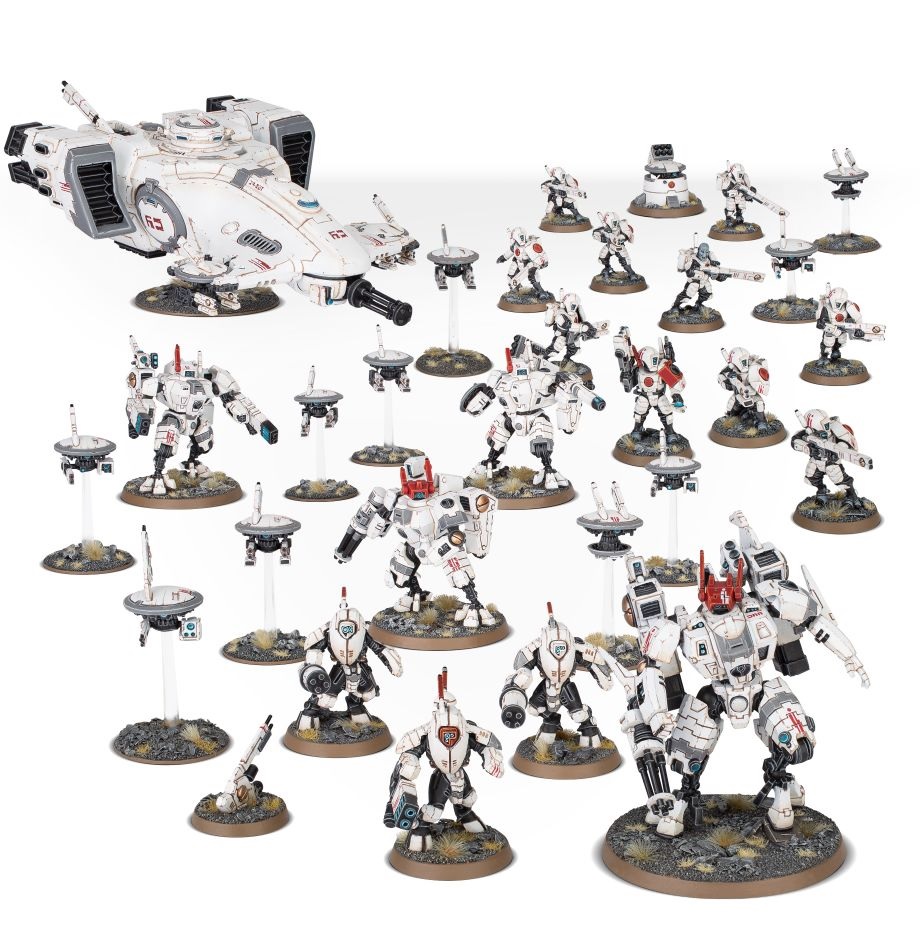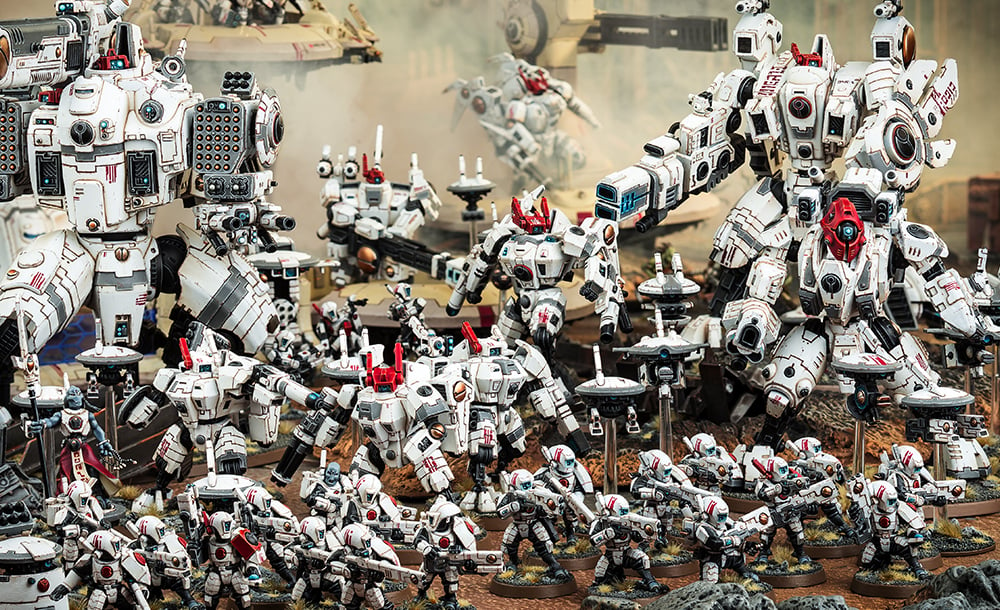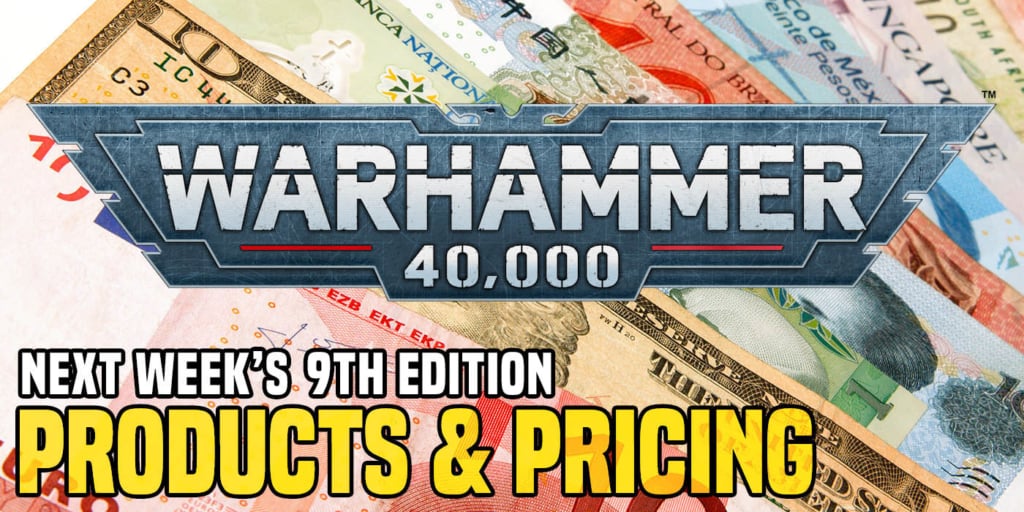40K: New Edition Points and the T’au Empire


Let’s talk T’au, 9th Edition points changes, and a few key units you want to pay attention to.
Let’s begin with a broad point: as far as I can see, there isn’t any rhyme or reason for these points changes. We know that the game is getting smaller and quicker, but we don’t know what logical framework Games Workshop used to assess which units should take an increase and by how much.
Indeed, we don’t even know that there was a logical framework at all.
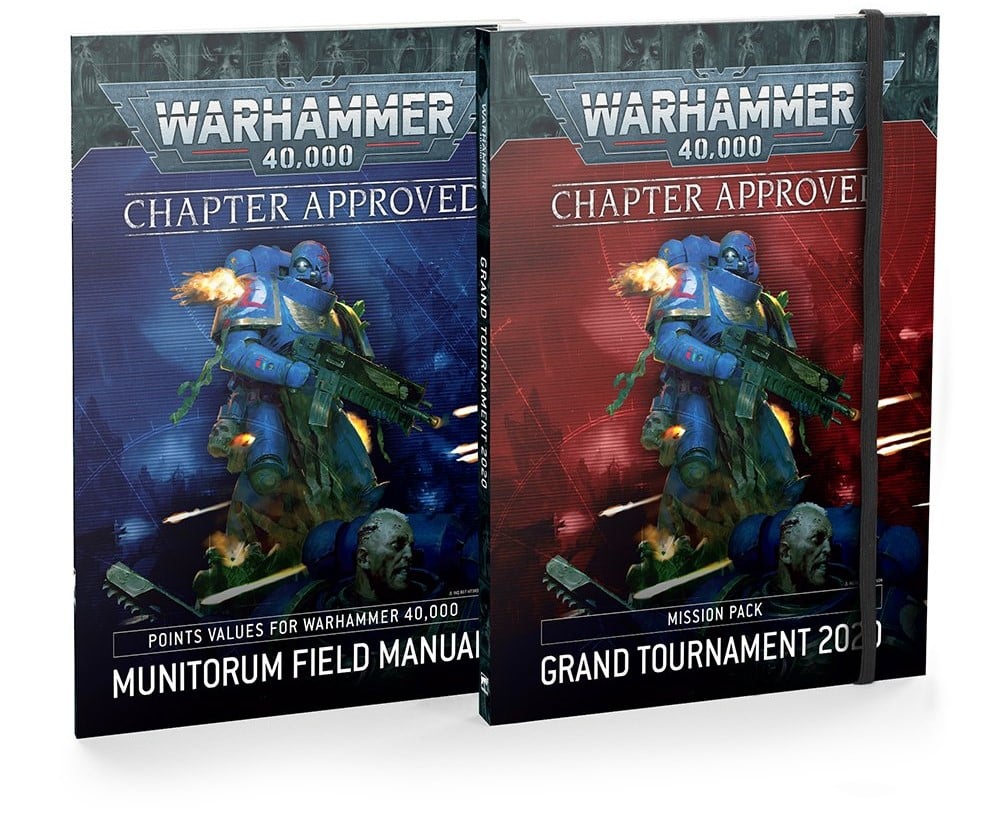
It is Still Early Days
But before we go too far down the path of GW-bashing, let’s take a brief pause. I think it’s useful to acknowledge that we don’t have all of the information yet, not even close. 9th edition represents a significant change to the game. Granted, we’re still using six-sided dice and toughness characteristics and hit modifiers and so on, but 9th is certainly more different to 8th than I thought it would be.This is to say that we’re playing the game in a new framework, in a new context. It shouldn’t be at all surprising, then, that some of these points changes look at least somewhat arbitrary. And maybe some of them are, but I would guess that many of them are not.
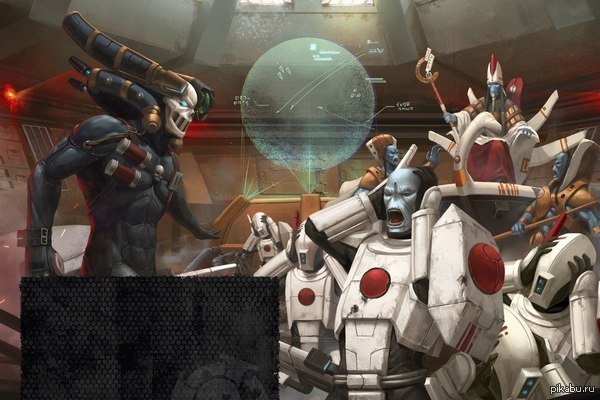 AHH, calculating points hurts my head!
AHH, calculating points hurts my head!
Points – An Imperfect Science
However, I will say that whatever method GW used to assess these changes is necessarily imperfect. What do I mean by this? Let’s take a hypothetical example. GW could have written a simple formula: if the model’s toughness characteristic is 3 and its save characteristic is 5+, increase its points by 20 percent.These figures are entirely arbitrary, but you get the idea.
Such a method of increasing points costs would be a blunt instrument. By only considering two variables, GW would have ignored all sorts of important aspects of models that fit into the above categories. For example, the two variables above apply to both T’au Empire Pathfinders and Aeldari Rangers. While these units share linguistic and thematic similarities, they each have distinct uses to the player choosing to field them, as well as important benefits and drawbacks. Moreover, the way in which these units interact with friendly models is entirely different, as is their offensive output and their defensive capabilities.
Put simply, T’au Pathfinders and Aeldari Rangers are different, and points changes could reflect this difference.
Don’t Expect Too Much From Placeholder Points
However, a blunt approach to this endeavor might be the most appropriate given the circumstances. Consider the amount of time and effort that the designers would have to put in in order to accurately update each and every unit in the game. I’ve absolutely no doubt that the design team is particularly busy at the moment. I don’t know what they are working on, but if I had to guess, I’d say that they’re working on 9th edition codex books. To me, this would be the logical choice.Any time spent on a complicated system to update 8th edition points costs to 9th edition would take away from time spent on rules and points costs in the new codex books. Why would the designers spend a significant amount of time assessing new points costs when a whole new codex might be just around the corner?
But to play devil’s advocate, players might be waiting a good few months for their 9th edition codex, and in the meantime they’ll be playing with points costs that aren’t quite right given the context of the new edition.
This is a reasonable argument, but between the two options — spend more time on a detailed, comprehensive points update or spend less time on a broad, imperfect update — I would choose the latter. GW needs to sell new models and new codex books to stay in business, and I think it would be prudent for their staff to spend more time on products to be released soon than products that have already been released and will be updated regardless.
Welcome to the New (Old) T’au
But let’s have a look a some practical example of the updates. How do the points updates affect a couple of key T’au units?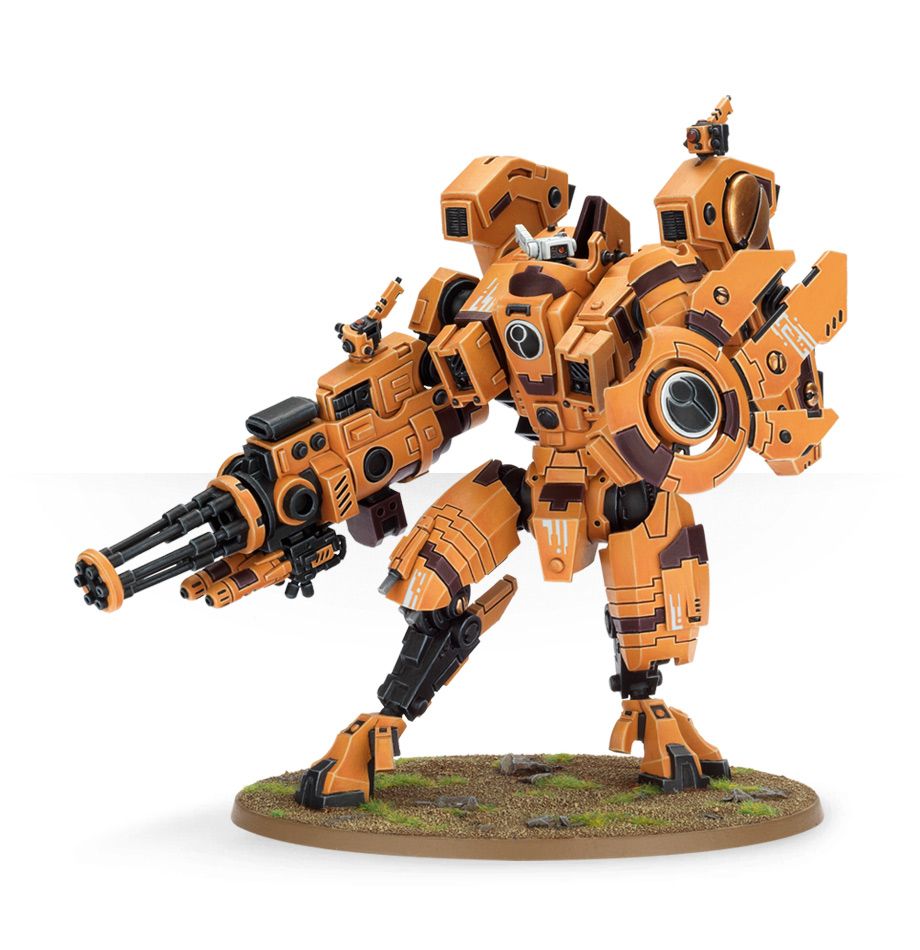 Riptides
First things first, the Riptide hasn’t come out of this too badly at all. In 8th, a Riptide armed with a heavy burst cannon, a pair of smart missile systems, an advanced targeting system, and a velocity tracker would’ve cost 278 points. In 9th edition, a Riptide with this loadout costs 305 points, an increase of 27 points, just under ten percent.
Riptides
First things first, the Riptide hasn’t come out of this too badly at all. In 8th, a Riptide armed with a heavy burst cannon, a pair of smart missile systems, an advanced targeting system, and a velocity tracker would’ve cost 278 points. In 9th edition, a Riptide with this loadout costs 305 points, an increase of 27 points, just under ten percent.
If, a few weeks ago, someone were to have offered me a ten percent increase on my Riptides going into 9th edition, I would’ve snapped their hand off. All things considered, ten percent is very reasonable.
Consider what we have gained for that: we can move and shoot without penalty, we can shoot in combat, and we can see a lot more of the board with the new terrain rules. Compare that to what we have lost: we can no longer fall back and shoot. That’s not a bad trade-off.
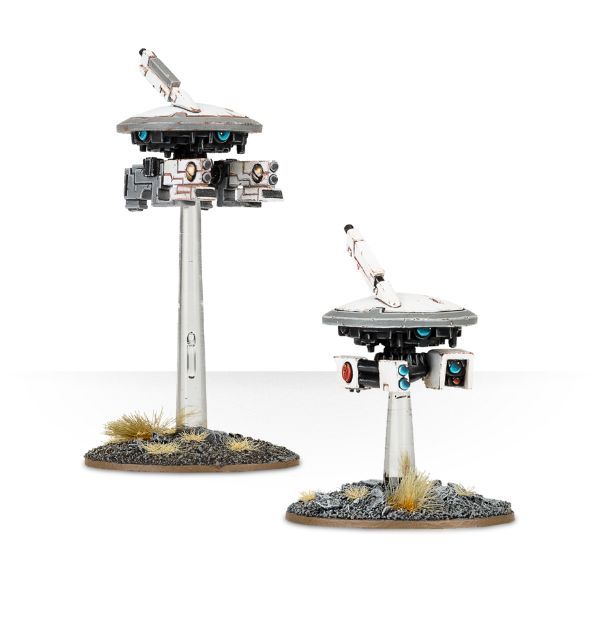 Drones
What else has changed? There are a couple of interesting points to make on Drones. Veteran T’au players know that there are a dozen or so Drones available — most of which are quite obscure — but the ones with which we need concern ourselves are Gun, Marker, and Shield Drones.
Drones
What else has changed? There are a couple of interesting points to make on Drones. Veteran T’au players know that there are a dozen or so Drones available — most of which are quite obscure — but the ones with which we need concern ourselves are Gun, Marker, and Shield Drones.
Shield Drones increased by 50 percent, from 10 to 15 points. There’s no other way to slice it: this is a significant bump. It’s a pretty big deal for T’au players, but that’s not the whole story. Gun and Marker Drones stayed the same price, which means that, relative to the rest of the game, these two units became cheaper.
This prompts some very interesting choices for the competitive T’au player. For the cost of two Shield Drones, 30 points, we could take three Marker Drones. For the cost of four Shield Drones, 60 points, we could take six Gun Drones. The more we spend, the more we save, so to speak.
Shield Drones are a brilliant unit, but are they 50 percent better than a Gun or Marker Drone? I don’t know the answer to that question, but I like that we have it ask it now. Anything that prompts us to look at seldom-taken units with a fresh pair of eyes is a good thing.
One of the strongest aspects of the Shield Drone is its 5+ Feel No Pain save. Gun and Marker Drones don’t have this ability, meaning that when we pass off wounds to a Gun or Marker Drone using the Saviour Protocols ability, the Drone itself takes one mortal wound and is slain. With a Shield Drone, of course, we have a 33 percent chance of ignoring the mortal wound entirely. This is a fantastic ability, and it has saved my bacon on more than one occasion, but are we better off spending fewer points and simply taking more Drones?
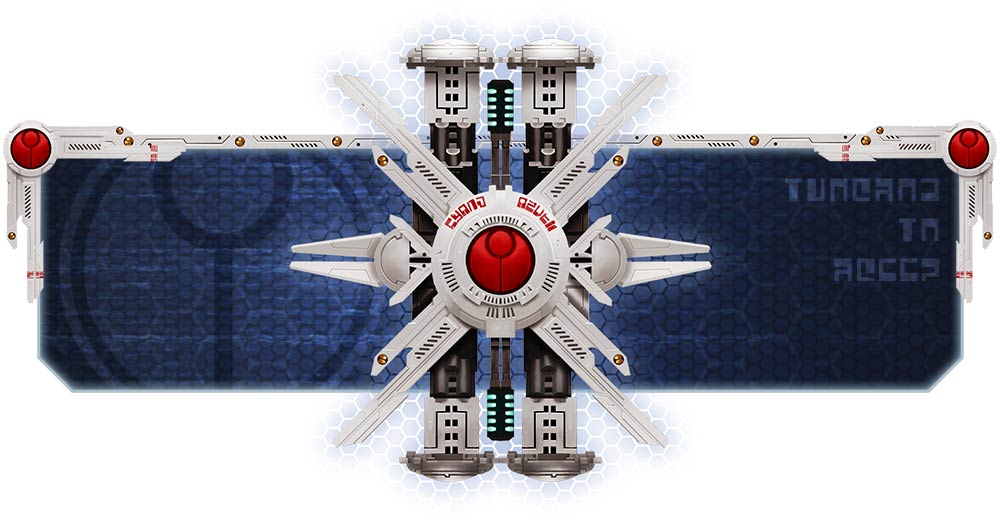 There’s a lot more to go into here, but overall I think that these points updates offer yet more evidence that 9th edition could see T’au become an even stronger faction than they were in 8th. It remains to be seen whether other T’au units will come to the fore in terms of competitive builds, but at least for now we know that Riptides and Drones remain at the top of the pile.
For the Greater Good
There’s a lot more to go into here, but overall I think that these points updates offer yet more evidence that 9th edition could see T’au become an even stronger faction than they were in 8th. It remains to be seen whether other T’au units will come to the fore in terms of competitive builds, but at least for now we know that Riptides and Drones remain at the top of the pile.
For the Greater Good
And remember, Frontline Gaming sells gaming products at a discount, every day in their webcart!


